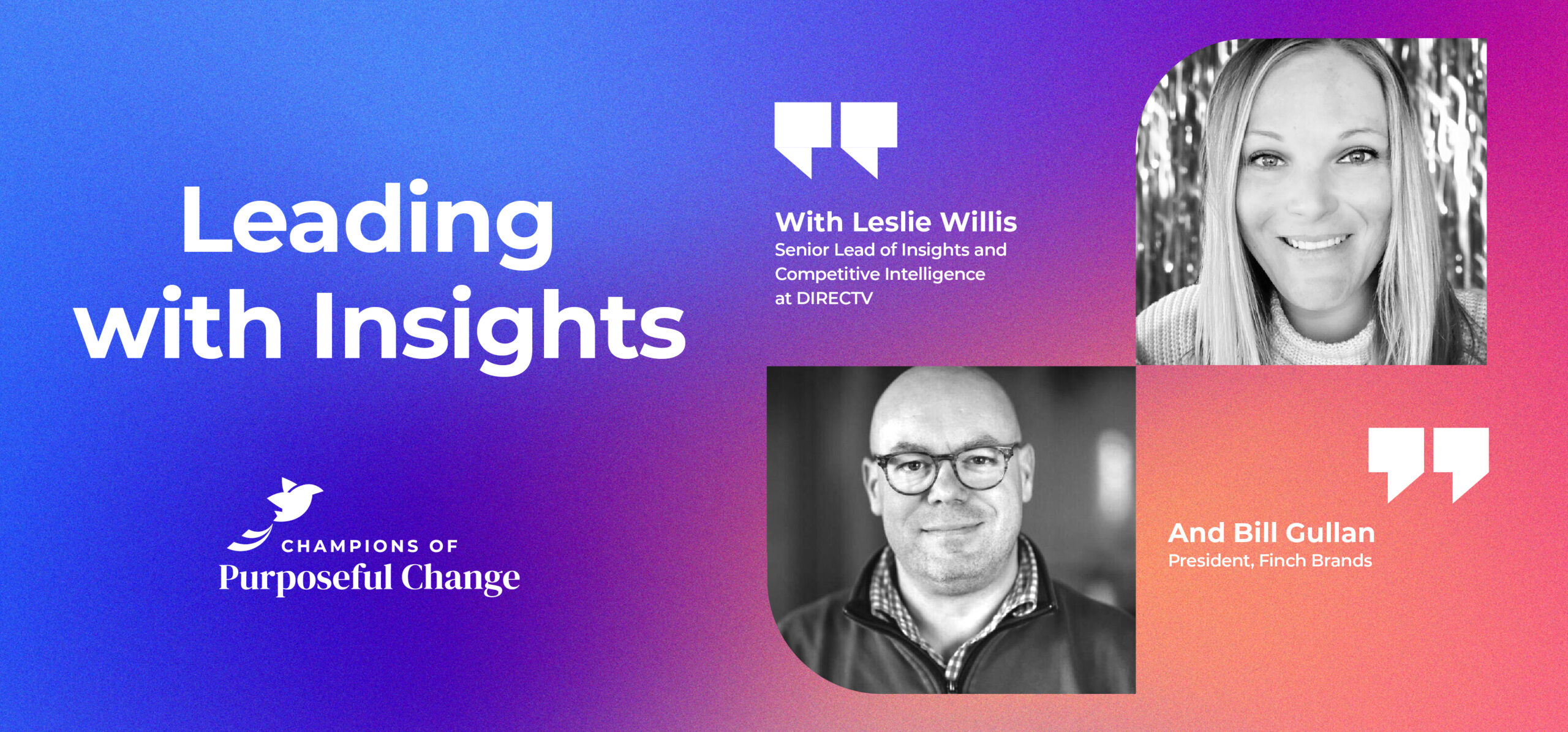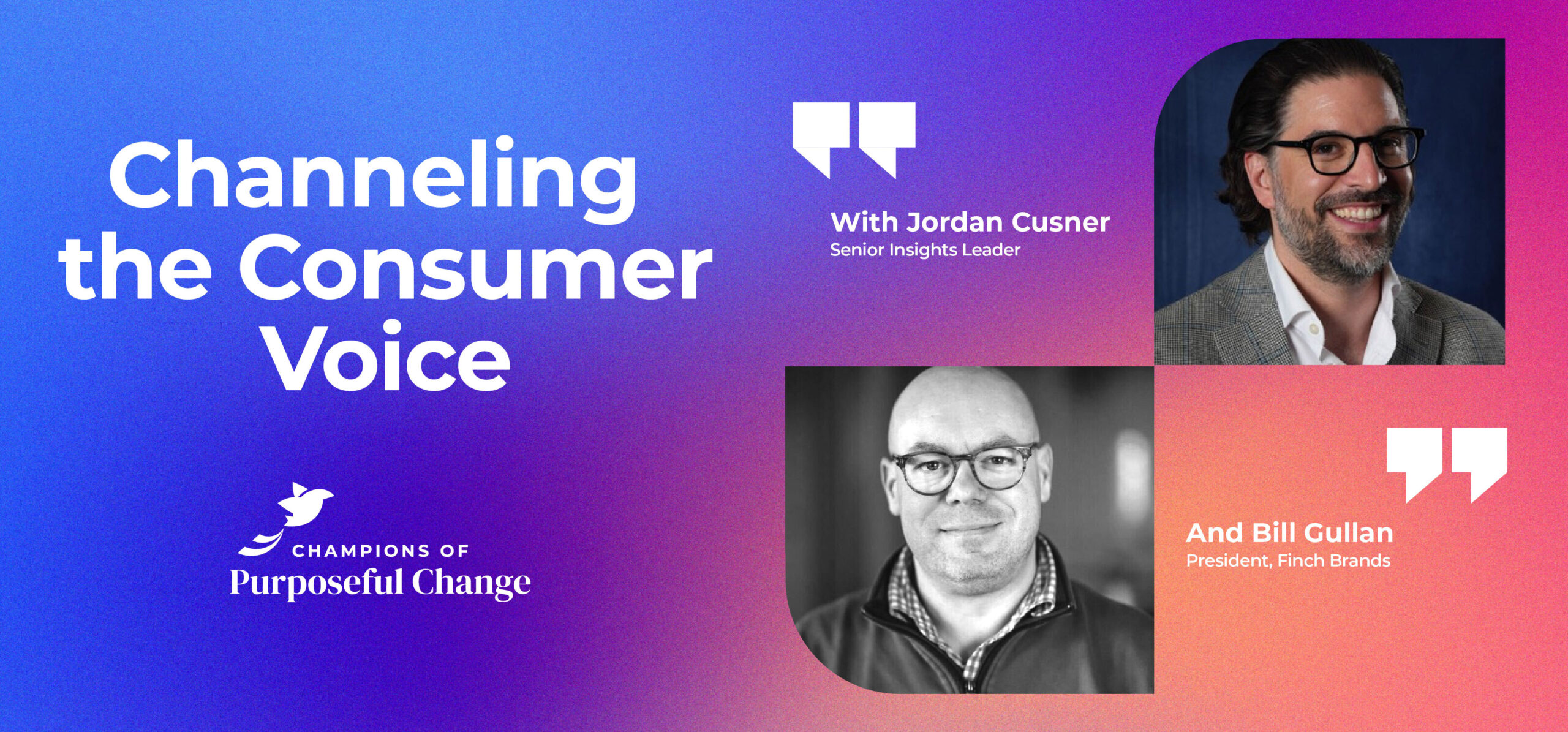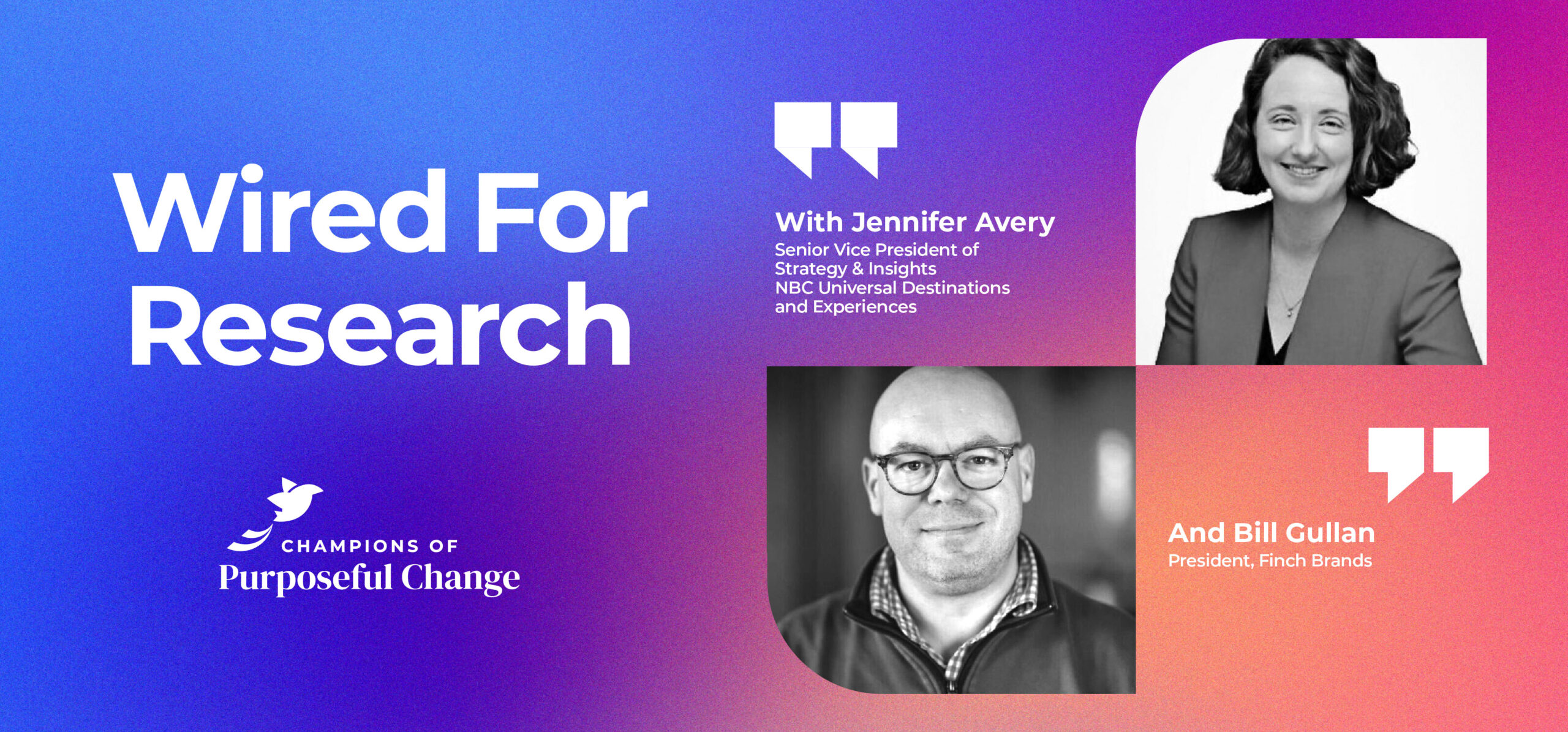One Big Idea: Cooler and Warmer

Rhode Island’s recent branding campaign has caused an uproar on social media and beyond. In this episode, Bill discusses brand strategy’s role in informing creative expression — and the perils of separating the two. If you like our podcast, please subscribe and leave us a rating!
Podcast: Download Subscribe: iTunes | RSSTranscription
Bill Gullan: Greetings one and all, this is Real-World Branding. I’m Bill Gullan, President of Finch Brands, a premiere boutique branding agency. Thank you for joining this week’s One Big Idea. We’ve entitled it Cooler and Warmer this week because our One Big Idea topic is a controversy that has erupted around a new branding campaign for the state of Rhode Island, focused on attracting tourists and businesses to this state that uses the tagline ‘Cooler and Warmer,’ and it has a logo to match and everything else, as well as some pretty significant budgets for expressing it and amplifying it across the world.
This happened and there has been a great deal of discussion on social media and in the media punctuated by a story in today’s New York Times about the entire situation and some of the implications of it. First thing I want to say is that it is not our habit or practice here to critique the work of others in our industry. We have tremendous respect for our peers and colleagues in this world and we don’t exist in any of our touch points to just tear people down. Our focus here will not be critiquing the specific elements of the campaign. You can find a lot of that on social media, on blogs, and in association with the Times piece, but let’s talk a little bit about a point that this leans into in a very larger and more prolonged way and it has been a frequent topic for us here.
First of all, the situation. The idea was a simple one. Rhode Island was seeking a fresh new logo and slogan for tourism and business attraction. They went through the process, hired a partner. The designer of this is the same gentleman who designed the iconic ‘I love New York,’ but is an outsider, an out of towner I think, which has fueled the criticism to some degree. There were other missteps related to the launch of this, one of the overview video pieces (seen below) used stock footage of a skateboarder from Iceland rather than anywhere in Rhode Island, and then the designer has pushed the frustration back a little bit on the way that it was released as opposed to the work itself.
It’s gotten a little bit nasty. But the overall idea was a new brand presentation or expression for the state of Rhode Island. Where they settled is ‘Cooler and Warmer,’ which immediately set off this firestorm on social media and beyond, of people who didn’t get it, of people who mocked it. There’s a little bit of that all the time, but there’ve been other dominos to fall here. The CMO of the state resigned . The governor, apparently who’s in her first term, has had to answer for this and hasn’t been all that adept at doing so. Then some of the local agencies in Rhode Island on the PR and on the production side were called on the carpet publicly, and I think they’re going to have to refund some of the fees associated with this.
A lot of missteps here, a lot of unforced errors, certainly using stock video from Iceland, someone in Reykjavík probably, rather than something that was shot [in Rhode Island]. This was probably to save cost on the ground and in the marketplace in Rhode Island. Hiring an outsider for something that is focused on civic pride and tourism is always a little bit dangerous, particularly if it doesn’t go well and the net effect is casting about for reasons why or people to blame.
The bottom line and I think the biggest lesson of this in terms of topics that we’re generally dealing with here is the absolute criticality of strategy and creative expression meshing and working effectively together. It has been a frequent and recurring theme on this podcast that the word ‘strategy’ has been used so errantly and so irresponsibly as to lose its actual meaning. Many people use the word strategy to indicate, ‘Well, I thought about it before I did it.’ Strategy does not imply, and being a strategic thinker does not just mean, that you’re bright or that you’re introspective.
Strategy, particularly in this realm, brand strategy, is a disciplined process that is designed to, through research as well as intuition, identify the key elements of a brand proposition that can connect with the audience. In this case one of the concerns looking at the process again from the outside is that this seems to have been a creatively driven exercise.
Yes, there was market research, but you can read the quotes from the designer and others who just came up with a bunch of different ideas. They probably spent some time in Rhode Island, it’s a wonderful state, very diverse seaside, city, and small towns, a lot of things going on. There’s video content to surround the campaign that I think effectively underlines a lot of this. Then they tested the different ideas and everyone says, ‘Well, it tested well,’ etc., but there does not appear in evidence to have been a bona fide strategic process that was designed to really understand and underline the ways in which Rhode Island is distinctive and the ways in which these disparate assets roll up into a core concentrated brand idea.
In the absence of strategy creative expression is unmoored. Creative expression begins and is akin to fumbling for your keys in the dark. Throw some more clichés on here: if you don’t know where you’re going any road will lead you there. This is true when you get into the creative process.
Apparently the designer in this case developed 10 different kinds of slogan and logo combinations, then they tested them and they picked the one that was highest or nearly the highest. There’s nothing inherently wrong with that, but the challenge ultimately is that without the benefit of strategy for real and having this well-defined core idea to communicate creatively, how do you know when you’ve done it, and more importantly, how do you know when you have it.
One key lesson here is that creative expression, particularly of such a complicated, aggregated series of ideas as to represent an entire state, cannot be disintermediated from a true, honest, authentic expression and process of brand strategy. Often times people say, ‘Well, we’re strategic, you know, we thought about it.’ Well, they thought about it here, and I’m sure they’re smart accomplished people, but it does seem to be that the process that ought to precede and inform a creative process was missing or at the very least was light in this case.
Related to that, you need to value the input and the outputs in a campaign like this. The output obviously is this tagline and logo and it exists for all to critique. Listen, we’ve been on the other end of this where we’ve done some highly visible work. Folks feel a sense of ownership with that and want to critique it, and that’s their right. We really kind of enjoy that dialogue. But in this case the output is only as good as the quality of what the team was working with to develop it.
What the team ought to be working with is not just intermittent thunderbolts of inspiration and trying to find something that has a good acoustic. They ought to be communicating, from an input perspective, the core brand idea of the state of Rhode Island.
Yes, the designer makes an interesting point about the dichotomy of cool and warm, and there’s a lot of cool things going on, and folks in Rhode Island are warm people compared to that frosty perception of New England. I get it, I get where it’s going and actually personally like it, but the inputs into a process like that have to drive the outputs or else you’re going to wind up with something like this, or if you don’t it’s going to be a result of luck rather than the process the way that it ought to be managed.
Then lastly, and I think the designer has a point, again, I’m not sitting there in Providence or anywhere else in Rhode Island, I’m just following this through the media and through social, but the nature of a release of something like this and telling the story of why it ended up where it ended up is always better than expecting it to land with a bang and instead it lands with a thud.
We have learned, the easy way and the hard way, over the years that, particularly in a case like this, where you’re likely to engender strong opinions, whatever you sacrifice in terms of the wow factor of just releasing this, you sacrifice a little bit of that if you bring the public along, but I’m willing to make that small sacrifice in exchange for something that is thoroughly validated through various stakeholder groups. Including the folks who are going to be responsible for really getting behind this and helping. The marketing whiz kids are only part of how a brand is expressed.
Key business and academic and civic leaders in Rhode Island are going to need to put their arms around this and say, ‘Yeah, this represents us and I feel good shouting this from the rooftops.’ That obviously didn’t happen here. Thus when something comes out and the public unleashes slings and arrows at it, you don’t have that goodwill or that process with great integrity to fall back on justifying and explaining why you ended up where you did. You may sacrifice a little bit by being inclusive along the way, but it is far better than winding up in the situation where they are in.
I will leave it to others to debate the actual merit and approach. I’m a sucker for big brand ideas. I personally like the cadence here. I understand why some people in social media are comparing it to Dumb and Dumber. I understand why some people don’t get it. I personally like it, but at the end of the day, it doesn’t really matter what those in the design community think or feel about this. What matters is their ability to bring others along.
What seems to have occurred in Rhode Island is a prime example of a process breakdown and it is a prime example of creative being left out there to its own devices Yeah, a little bit of testing on the backend, but to its own devices and not using authentic brand strategy processes to validate the work every step of the way.
That is a battle we’ve been waging here at Finch, a banner I’ve been waving over and over on this podcast. So forgive the repeat, but I think this is something that bears underlining, and when a perfect example of it comes up as it did in the Times today it is far better than me blathering on about the philosophy of this. It’s great example of why it all matters and why any process of the sort that this one was designed to support and the artifacts that were designed to come from it, any process really needs to be enlightened particularly in terms of the role of strategy and the role of message development beyond simply the highly subjective hit or miss standalone creative process.
As we’ve built our business at Finch and built our engagements this is yet another cautionary tale of why it’s important to think through process in an inclusive way, to hold up strategy as in many ways the process of creating a map to the final destination, and then to hold everyone accountable with data as well as with irrepressible creativity in marching towards a result that effectively represents the state and galvanizes all the constituencies that are going to have to buy into this, love it, live it for this brand to take home.
That’s One Big Idea. Unseasonably cool today but we’re hardy folks so we’ll push through it. Have a wonderful, wonderful day, signing off from the Cradle of Liberty.







